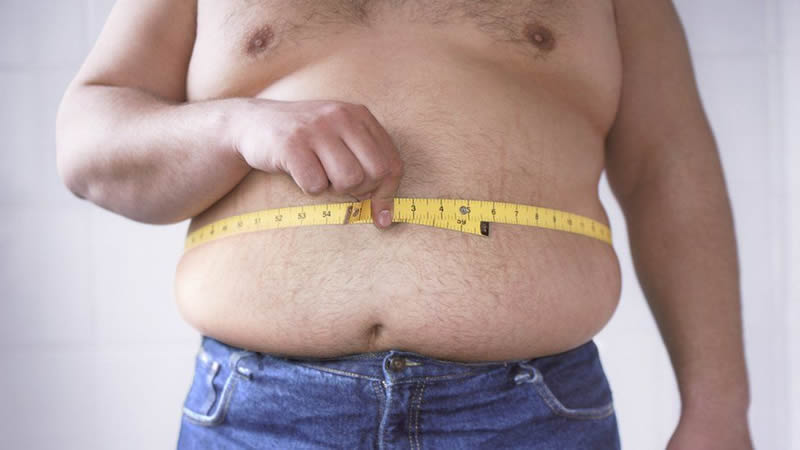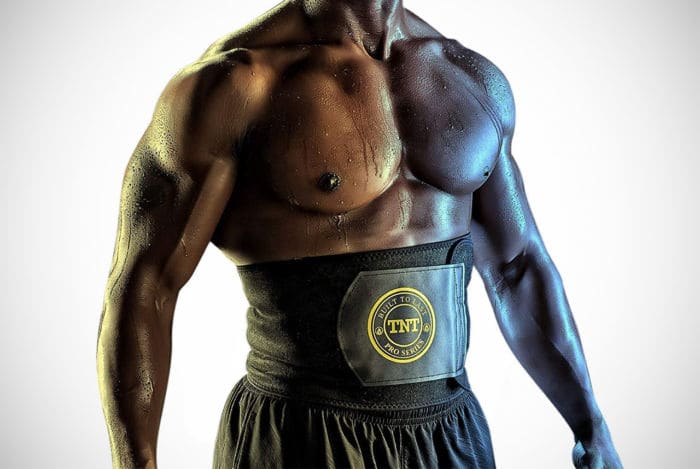What Really Happens to Your Body When You Wear a Waist Trainer

It starts with the Kardashians and Jenners, the Borg Collective of unmerited fame. The ovary-bearing members of the clan currently promote “waist training,” which involves, I shit you not, wearing a corset all day with the goal of making your waist smaller.
When Kylie Jenner posted a picture of herself wearing one on Instagram (see below) a while back, it got 1.4 million likes and more than 30,000 comments within a day.
But it’s not just Kardashians, and it wasn’t a one-off thing. There are still posts all over Instagram of people wearing them and showing off the results. The idea of a waist trainer, at first, just seemed crazy to me. We know there’s no such thing as spot reducing. Your body gains and loses fat systemically. Even if it were possible to micro-manage the process, there’s no reason to think that squeezing one section of your anatomy will reduce its size. But the more I read, and the more stories I saw from people who loved or hated them, the more I wondered if there might be a body-changing mechanism I hadn’t considered. Then I learned that companies also make waist-cinching products for men. I decided to take a closer look at this thing known as the waist trainer.”

What waist trainers claim to do
What, exactly, does it train? It obviously compresses the waist, but there’s no reason to think the effect would be permanent. As soon as you take it off, the real you bounces right back into place.

Some companies refer to a process they call “fat cell mobilization.” Because the corsets are meant to be worn all day, even while exercising, the fat around the waist will get tired of being squeezed and find another place to hang out. Or so they want their customers to believe.
One company that popped up for me in my searches, Hourglass Angel, is a bit cagier with its claims. It says its products increase sweat rate, but stops short of making the obviously bogus claim that sweat equals fat loss. Instead, the company recommends following a fitness routine that includes cardio and strength trainer, and eating small, nutritious meals throughout the day.
But it adds this: “Wearing a waist trainer may make you feel fuller faster, thus making your portions smaller.”
First-person reports by skeptical corset-testers indeed confirm appetite loss as one of the first things that happens. “It’s like wearing a pair of tight pants while having a big dinner,” says Chad Waterbury, MS, a personal trainer in Los Angeles and author of Huge in a Hurry. “It traps gas and makes you feel pretty crappy.”
Chronic abdominal distress could indeed reduce your overall intake, Waterbury says, but with a catch. “It can cause a person to deposit more fat in the problem areas.”
But there’s an even bigger worry for corset wearers.
Waist trainers might keep you from eating too much, but they also keep you from breathing too much
By the time I talked to Waterbury, I had already sent for the Core1 Compression Band, Hourglass Angel’s male corset. Made of 75 percent rubber and 25 percent cotton, and weighing just 9 ounces, the beige-colored Core1 looked a bit like a pair of varicose vein stockings.
It didn’t take long to decide which of the two columns of hook-and-eye fasteners I should use. I could barely reach the innermost loops with the innermost hooks. It fit snugly from the lower ribs to the upper pelvis.
The first thing I noticed: It was harder to breathe. I couldn’t imagine wearing the Core1 to my workout that afternoon. That’s also what worries Waterbury most.
“I think the idea of wearing a corset while working out is pretty dumb,” he says. There’s no benefit, and there’s a significant drawback: impaired function of the diaphragm, “the only skeletal muscle you can’t live an active life without.”
Skeletal muscles are the ones that connect to bones to create movement, like your biceps and hamstrings. The diaphragm, which connects to ribs and vertebrae, makes those movements possible. It contracts as you draw breath into your lungs, providing your muscle cells with oxygen.
Squeezing the diaphragm also restricts its blood flow, which means it gets less oxygen than it ordinarily would.
“Nothing good comes from making a muscle hypoxic for hours each day,” Waterbury adds. “You’d experience diminished strength and neural activation,” since nerves, like muscles, require sufficient oxygen to function at peak efficiency. (Find out the best way to breathe during your workout.)
So do waist trainers work?
All that said, if your only goal is to have a smaller waist, Waterbury thinks there’s a hypothetical chance it could work over a long period of time—years, rather than weeks or months. That’s because your waist expands over your lifetime. (Discover smart ways to keep it to size.)
“The likelihood of offsetting the natural gut expansion is probably pretty good,” he says. “The body won’t grow tissue if there’s no room.”

Which brings me to the second thing I noticed when I spent a morning in a belly binder. I was immediately, intensely, and constantly aware of my gut. One of the benefits of working from home is that I never have to wear tight or uncomfortable clothes. Which is also a huge drawback.
I could pretend the four pounds I’d gained this year was mostly muscle, until a corset squeezed all the fat into one squishy space and made it impossible to ignore.
Now I understand why so many corset-wearing celebrities and their fans believe “waist training” is actually a thing. As Waterbury said, it might be, if you wear a genuinely restrictive device hours a day for years on end.
But in the short term, the biggest change is most likely awareness. Corralling your flab the way I did sends a distress signal to your brain, one that says, “Don’t feed me!”
Fat-burning workouts and expert weight loss advice for visit here


